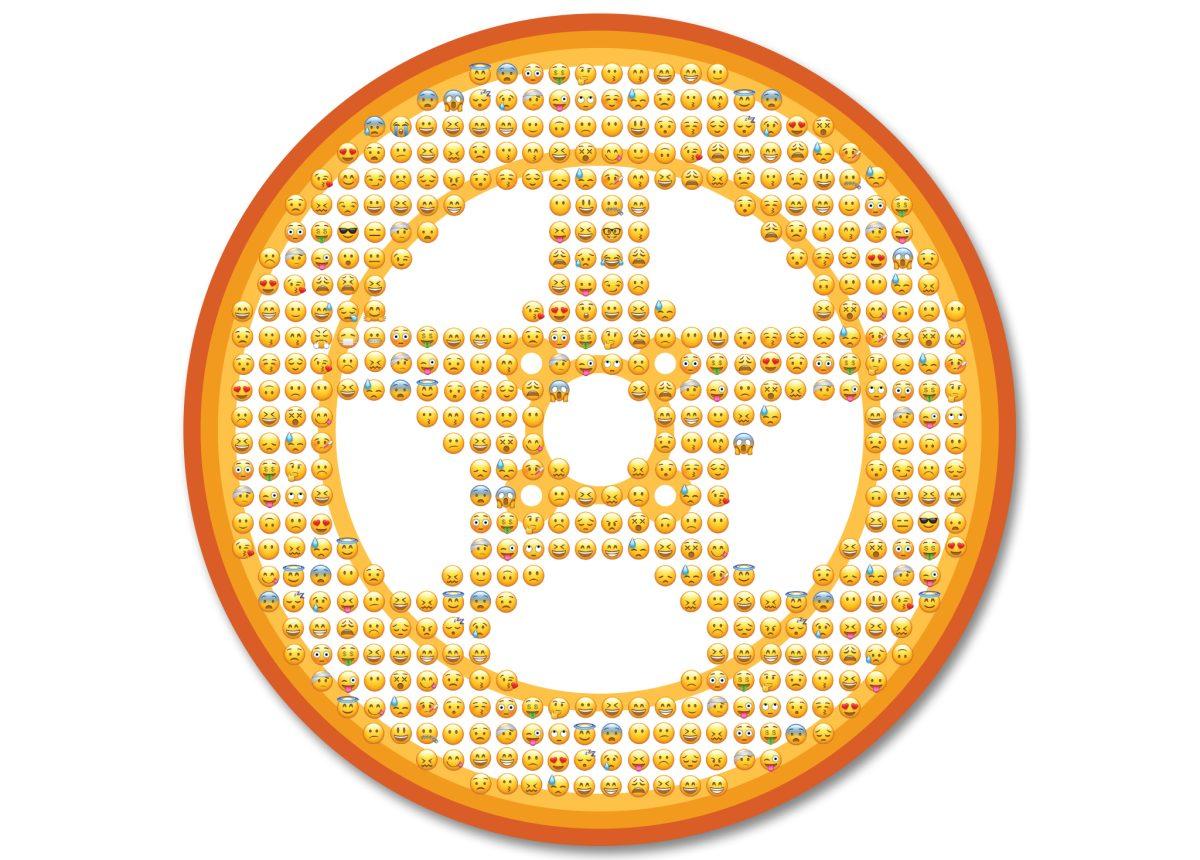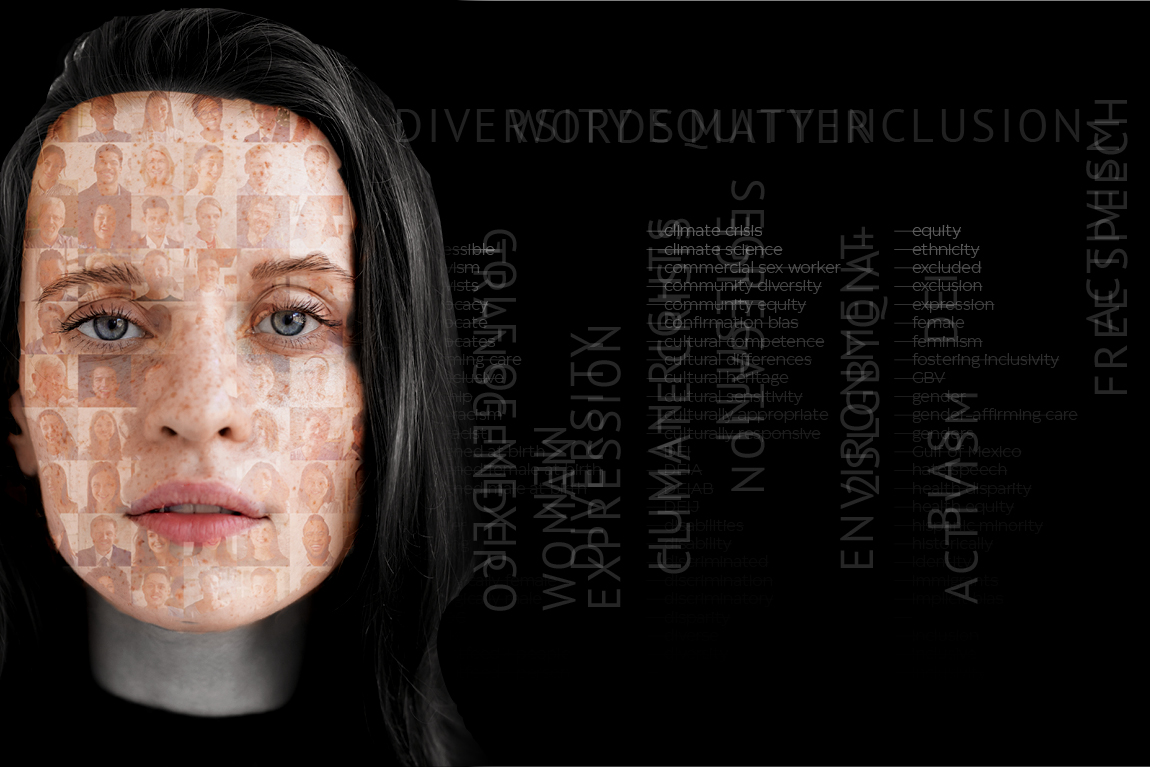By: Hannah Welbourn | The Broadside (Contact: [email protected])
“In a survey of 25 Central Oregon Community College students who admitted to using their phone while driving, 88% reported that they feel confident, but still cautious about their ability to operate their vehicles while multi-tasking.”
According to the Centers for Dis- ease Control and Prevention, approximately nine people die each day as a result of distracted driving, and thousands more are injured. While it is
assumed that using a cell phone while driving is illegal, prior to October 1st, that wasn’t the case.
House Bill 2597 tightened existing laws in place for cell phone use while driving. Prior to this bill, the only actions specifically deemed illegal while driving in Oregon were texting and making phone calls without a hands-free device. This left drivers (technically) free to use their phones for other activities, such as navigation apps and music streaming services. The new bill only deems hands-free activities as legal.
Before panicking about getting lost or not being able to listen to music, drivers should be aware that navigation and music apps are still allowed, but must be pre-programmed before driving. The vehicle must be safely parked before entering a route or changing a Spotify station, and red lights and stop signs don’t count as safe stopping points.
The center for disease control and prevention [CDC] reports three types of distracted driving: visual, or taking your eyes off the road; manual, or taking your hands off the wheel; and cognitive, taking your mind off of driving. Cell phone use falls under all three categories of distracted driving, which is why Oregon legislatures have tightened the existing bill.

In a survey of 25 Central Oregon Community College students who admitted to using their phone while driving, over 90% reported that they feel confident, but still cautious about their ability to operate their vehicles while multi-tasking. Students were asked what they use their phones for while driving, with the most popular response being music streaming apps. Listening to radio stations seems to be becoming less popular among younger drivers as music streaming apps become more popular.
“I like listening to Spotify because if I pay a small fee I don’t have to be interrupted by any ads and can listen to whatever music I want. The radio is constantly playing ads and I hardly hear any music,” said COCC student Jenna Murren.
While listening to music through streaming apps while driving is not inherently dangerous, changing a playlist or searching for a song is where the distracted driving factor comes into play. Drivers should be aware that to avoid a ticket, their use of music apps must be completely hands-free. Drivers are also allowed to use their phones in emergencies to call 911, but only as long as no one else in the car is capable to do so. ■














